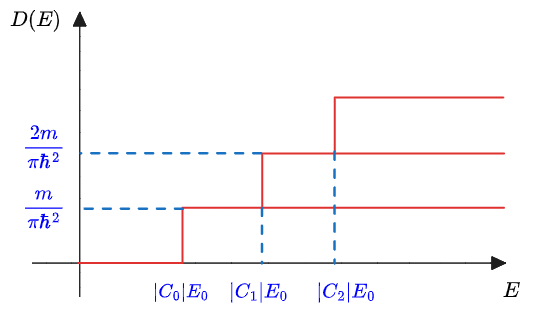2D Electron Gas
Now we will study the case in which we have an almost intrinsic material in an heterostructure with an heavily doped one. In this case electron start to diffuse form the left-hand side (the heavily doped material) to the right-hand side, this effect is called remote doping or modulation doping.
n: almost intrinsic N: heavily doped
So some electron flow from the left-hand side (the heavily doped material) to the right-hand side, as it has a lower energy conduction band. Doing that they loose energy and become trapped because they cannot climb the barrier formed by the band bending. Furthermore the discontinuity in the band prevents the electric filed to return the electrons to the donors, and contribute at squeezing the electrons on the triangular potential well just formed.
The green line in the drawing is the tangent to the conduction band which can be used as an approximation for a triangular potential well, the width of the well is typically around 10 nm.
For sufficiently thin potential wells and moderate temperatures, only the lowest energy level (typically the ground state) is occupied. Consequently, the motion of electrons in the direction perpendicular to the interface (z direction) can be disregarded. However, electrons retain freedom to move parallel to the interface, making it quasi-two-dimensional. Within the well, the planar motion of electrons experiences weak scattering due to the absence of dopants (specifically ionized impurity scattering) (the well is located in the “n” region). Modulation doping proves to be an effective strategy for reducing donor electron scattering. This reduction in scattering is crucial for enhancing mobility.
Inside the two-dimensional electron gas (2DEG), the mobility is remarkably high. Hence, this structural arrangement is well-suited for constructing high-speed devices such as High Electron Mobility Transistors (HEMTs).
Electronic levels for 2DEG
We can consider the 2DEG an area where the electrons are free to move in the (
We can assume that
since the potential depends only on
substituting in the SE we get:
we can split
Equation
Note
Notice that
Applying the PBC to the
Ideal triangular potential well
Equation
The potential energy of an electron is
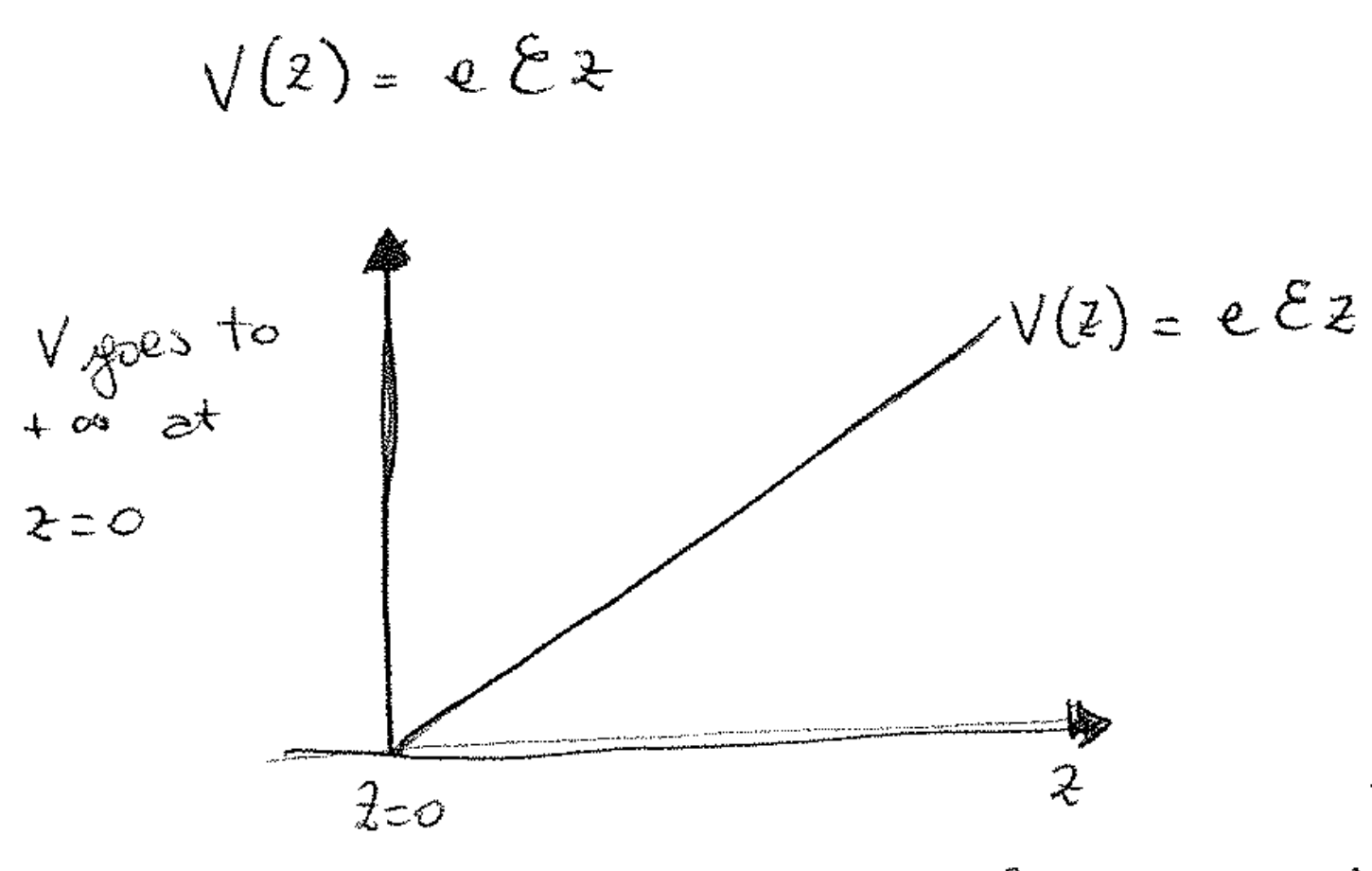
we get:
Equation
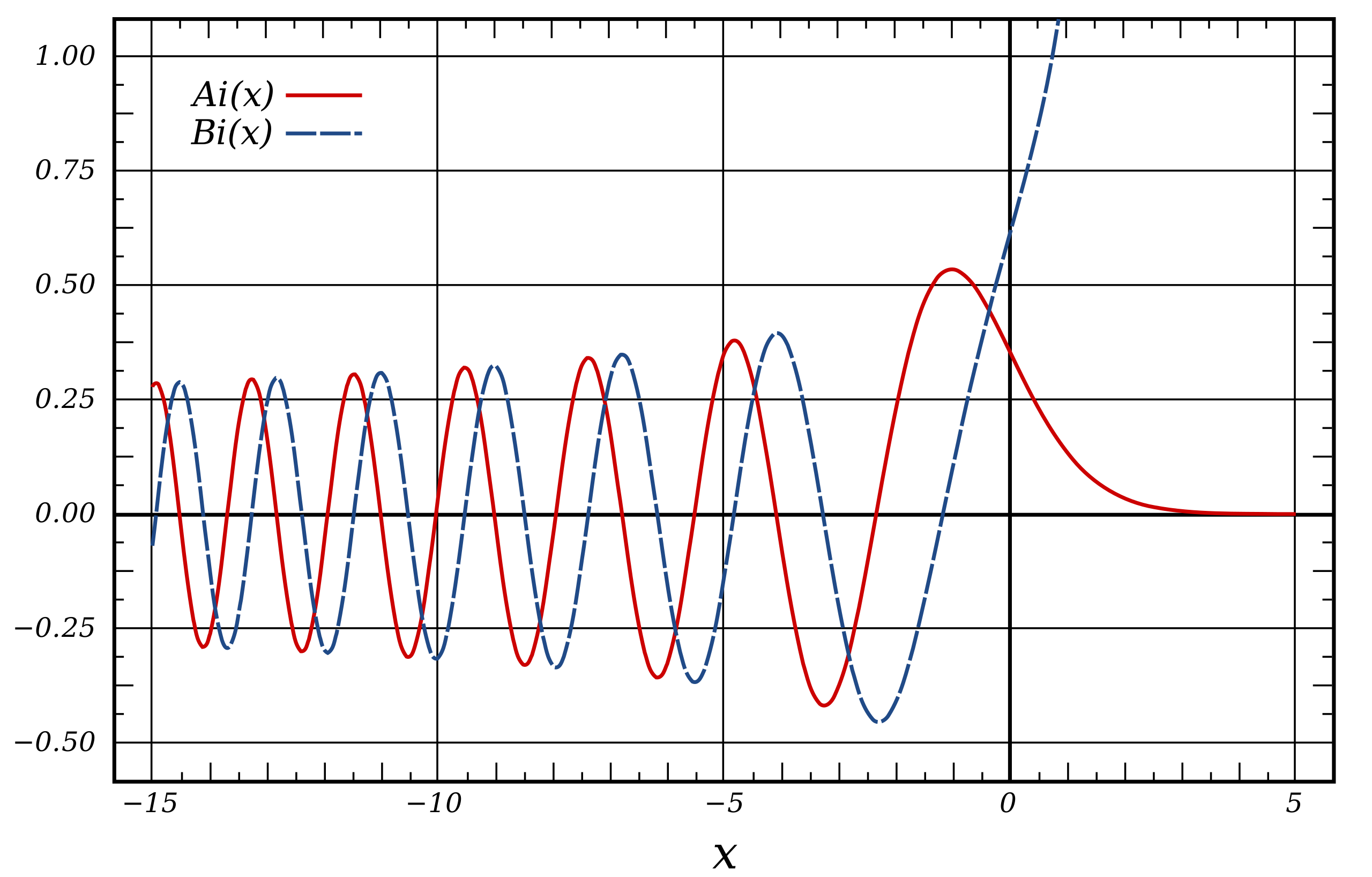
We have to impose the boundary conditions (continuity) to the SE:
This is true only for the values
To plot the functions
For each energy level we get a different wave function.
From above we know that
Each discrete value of
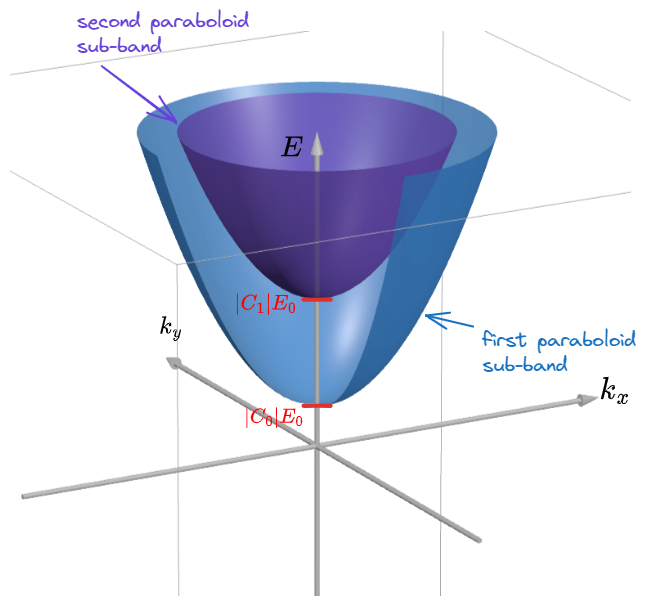
Density of states of a 2DEG
We have already seen how to calculate the density of state of electrons confined in a well; now we do it again for the energy bands generated in the 2DEG.
We can concentrate only on one band due to the fact the the DOS of the others can be calculate in the same manner. To simplify our job we start with the first band supposing that it has
Since we are in a 2D case, we normalize the DOS to the area, instead of the volume:
Now we can follow the same steps taken in the original case, considering that we are in two dimension and not three so we have a circle and not a sphere.
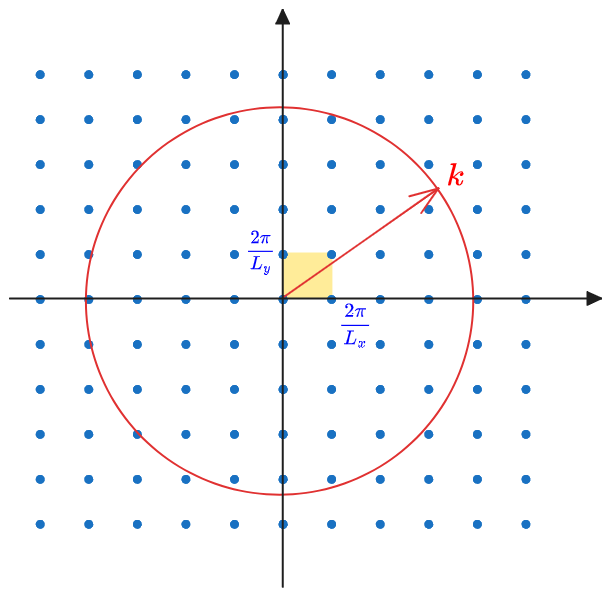
Using
And finally, for a given sub band:
we can understand that the density of state within a subband is constant with respect to the energy.
The total density of state at any particular energy is just the sum over all the subband below that particular energy.
